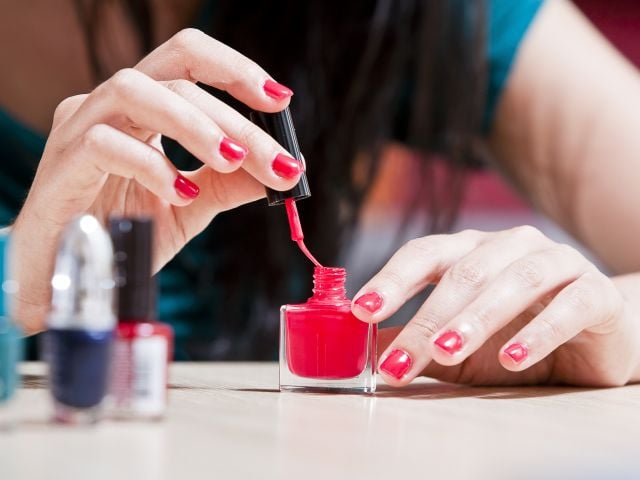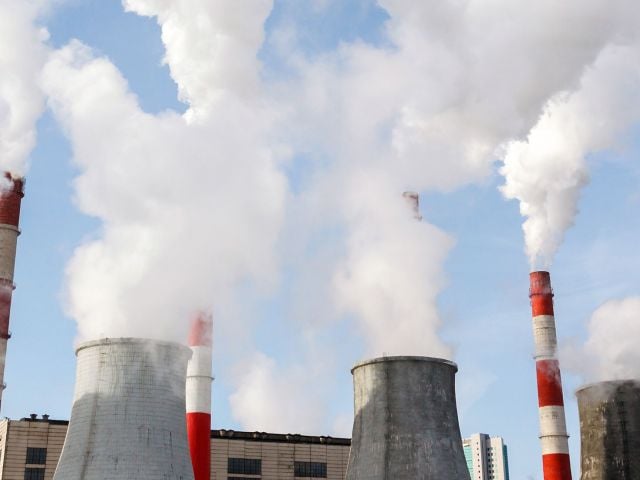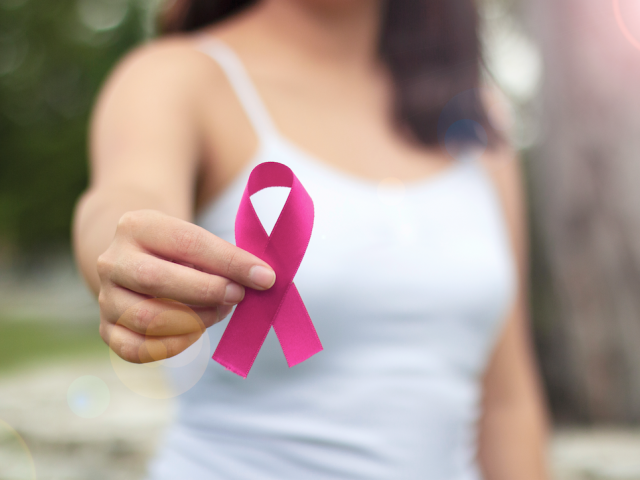Displaying 1 - 24 of 616
Feminine Care Product Increases Women’s Exposure to Harmful Phthalates
A new study has found that vaginal douching by American women of childbearing age may increase their exposure to hormone-disrupting phthalates and contribute to racial and ethnic differences in...

Spotlighting women’s health for Women’s Health Month
Women’s relationship to the environment is unique in many ways, with lifestyle choices and habits presenting special challenges, because some of the personal care products they use may contain harmful...

Exposures add up – Survey results
EWG Celebrates 13 Women Scientists in 2013 Women’s History Month
TOXIC FIRE RETARDANTS FOUND IN U.S. WOMEN'S BREAST MILK
Toxic Chemicals in Cosmetics: New Legislation to Prevent Exposure
Duke-EWG Study Finds Toxic Nail Polish Chemical In Women’s Bodies
Researchers at Duke University and Environmental Working Group have found evidence of a suspected endocrine-disrupting chemical widely used in popular nail polishes in the bodies of more than two...

Women's health: An Enviroblog round-up

Prenatal Pesticide Exposure Linked to Diminished IQ

Pollution in 5 Extraordinary Women

Study: Women of Color Exposed to More Toxic Chemicals in Personal Care Products
Women of color use more beauty products and are disproportionately exposed to worrisome chemicals compared to white women, according to a new study.

U.S. Toxics Registry Should Set Exposure Limit For Chemicals in "Teflon" Family
12th Annual Heinz Women's Health and the Environment Conference
This Breast Cancer Awareness Month, Reduce Exposure to Pollutants, Additives

Bisphenol A - what are the sources of exposure?
UCLA study: U.S. Women at Greater Risk from Teflon Chemical
Prenatal Pesticide Exposure Linked to Diminished IQ
Why Children, Pregnant Women Should Eat Food with Fewer Pesticides
“For many children, diet may be the most influential source” of pesticides, said the Academy of Pediatrics in a landmark report published in November 2012.

EWG's Tips to avoid BPA exposure

Chemical Industry to Pregnant Women: Don’t Worry your Pretty Little Heads
I had two challenging pregnancies filled with uncertainty and stress. Thankfully, the end result was two healthy kids. One thing was certain, though – I could handle the truth. I wanted all the facts...

EWG’s Women of Courage: A Celebration of Fearless & Compassionate Leadership
In June of 2003, Linda Reinstein found out that her husband Alan had a type of lung cancer called mesothelioma, caused by breathing asbestos. “I can treat it,” the surgeon told her, “but I can't cure...

In a First, Calif. Bill Would Address Salon Worker Exposures To Toxic Chemicals in Beauty Products
Hairdressers, nail technicians and other beauty salon workers face some of the greatest occupational exposures to toxic chemicals. A bill moving through the California Legislature would be the first...

PFAS Exposure May Increase Risk of Breast Cancer
October is Breast Cancer Awareness Month – as you may have noticed from the annual explosion of pink products claiming to fund breast cancer research.
